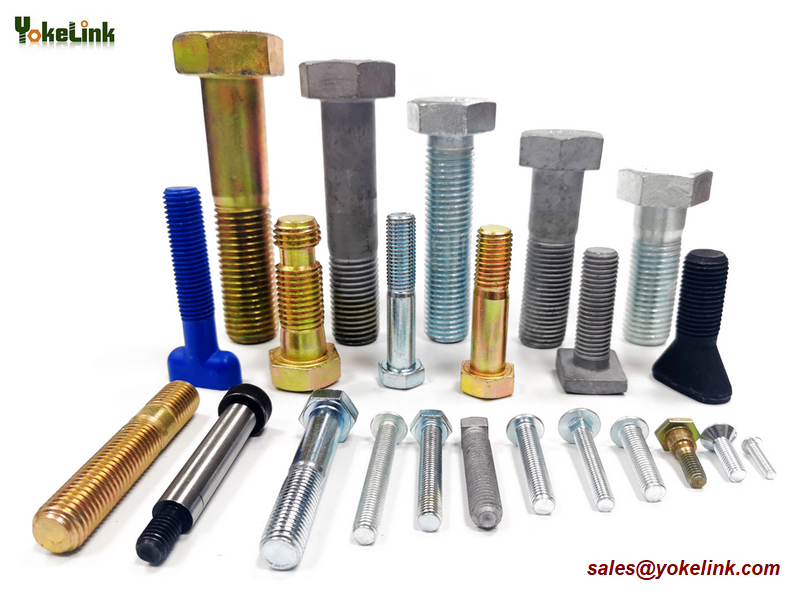Abnormal Noise from the Transmission After Shifting Gears
Source: China Bearing Network | Date: June 30, 2013
| /*250*250 was created on 2017/12/25*/ var cpro_id = 'u3171089'; |
Abnormal noise after shifting gears in a transmission can be a sign of underlying mechanical issues. This type of sound often indicates problems within the gear system or related components. Understanding the causes and possible solutions is essential for maintaining the performance and longevity of your vehicle.
**1. Appearance of the Sound**
When a transmission makes unusual noise after engaging a gear, it is typically due to the impact between meshing gears and the cavity inside the transmission housing during operation. This sound may be more noticeable under certain conditions, such as when the vehicle is moving at low speeds.
**2. Causes of the Noise**
- **Damaged Transmission Housing**: Prolonged wear and deformation of the transmission housing or bearing housing hole can lead to loud noises, especially when the vehicle is in low gear. The sound tends to decrease at higher speeds, with the direct gear producing the least noise.
- **Broken Gear Tooth**: If a single gear tooth is broken, it can cause collisions during engagement. This results in severe impacts and vibrations, leading to resonance within the transmission housing.
- **Improper Installation**: If the gears, needle bearings, or bushings are not properly installed or replaced, it can create abnormal gaps and misalignment. This leads to improper meshing and generates noise during gear operation.
- **Poor Condition of External Components**: Issues with the clutch, drive shaft, or other parts of the transmission system can cause vibration and oscillation, resulting in resonant noise. These sounds are often irregular and may occur only at specific speeds.
- **Other Factors**: Additional causes include noise from the working gear, rotational speed, operating conditions, load, and insufficient lubrication. Some noises can be reduced by avoiding harsh driving, while others require professional repair. When replacing gears, it's important to replace them in pairs to ensure proper meshing. Pay close attention to the clearance between all parts and make sure they meet the required specifications.
**3. Tips for Diagnosis and Repair**
To address abnormal transmission noise, start by inspecting the gears, bearings, and housing for signs of damage or wear. Ensure that all components are correctly aligned and that there is no excessive play. Regular maintenance, including proper lubrication and inspection, can prevent many common issues. If the noise persists, it’s best to consult a qualified mechanic for a thorough diagnosis and repair.
**Recommended Reading**
- SKF Bearing Application Considerations
- Impact of Radial Clearance on Oscillating Screen Bearings
- NSK Bearing Protection on Pumps: Common Causes of Imported Bearing Damage
This article is linked to http://
Please cite the China Bearing Network: http://
Previous: Cylindrical Bore Bearing Mounting Method
Next: Joint Bearing Skill Function
Structural Fastener
Yokelink supply a vast range of Industrial Fasteners to DIN, ISO & ANSI standards, including: Nuts, Bolts, Screws, Washers .There are hundreds of combinations of materials, heads, threads, plating, heat treating, and secondary operations. The materials and finishes including Steel, Brass, Stainless Steel, Aluminum, Zinc plating, Galvanized and Black. Providing standard and specialised Fastener solutions, coupled with industry customers. We also have the flexibility, capacity and expertise to manufacture fully customised fasteners specific to your application.

Construction, Structural Bolts, ASTM F3125, ASTM A325, A449, A490, F436, F3125M, ASTM A563, F1554, Hex Bolt, High Strength Bolt,Extension Anchor Rod, Hex Heavy Nuts, A563 Nut, A194 Nuts, 2H Heavy Hex Nuts,DIN 7967,Alloy Steel Nuts,DH3, A563-DH
Ningbo Yokelink Machinery Co.,Limited , https://www.yokelink.com
